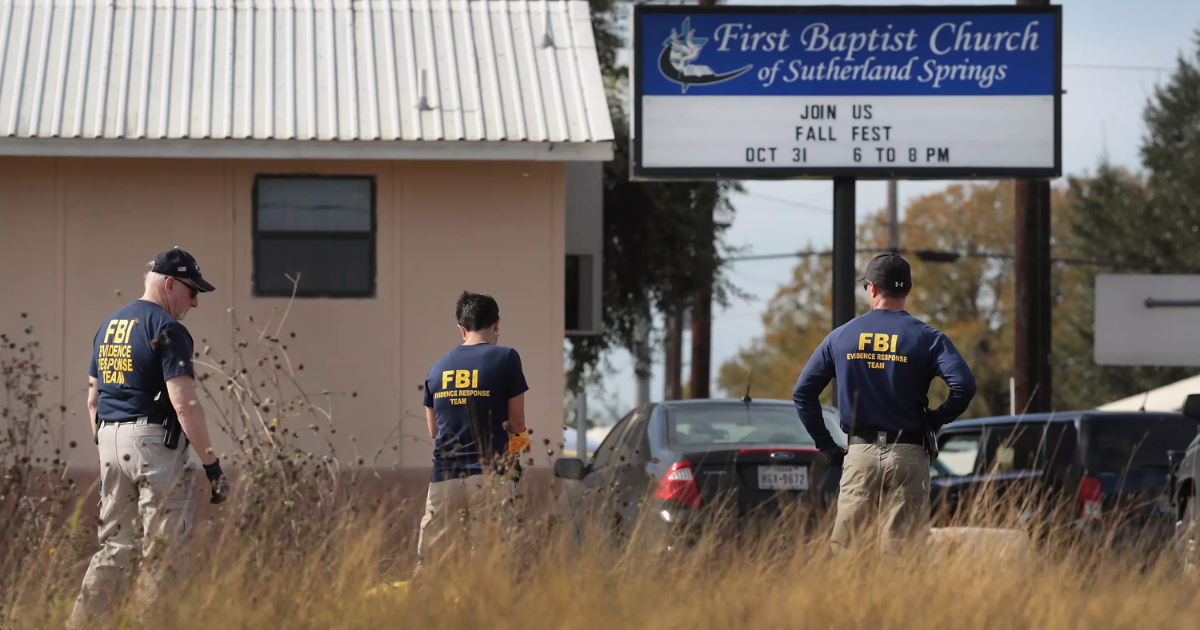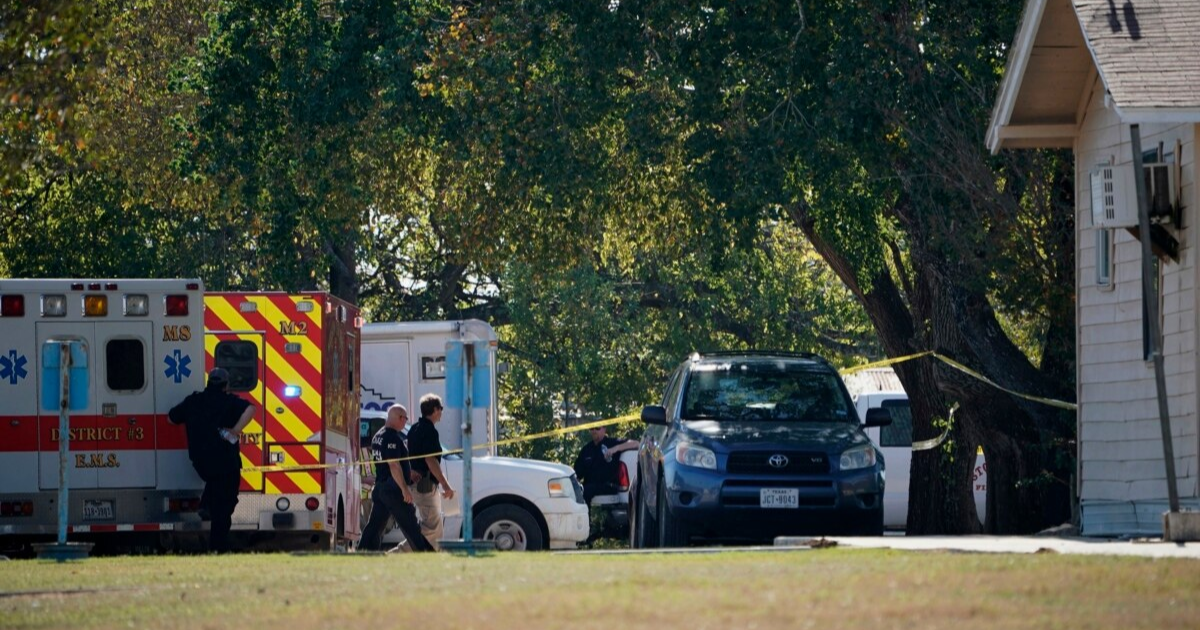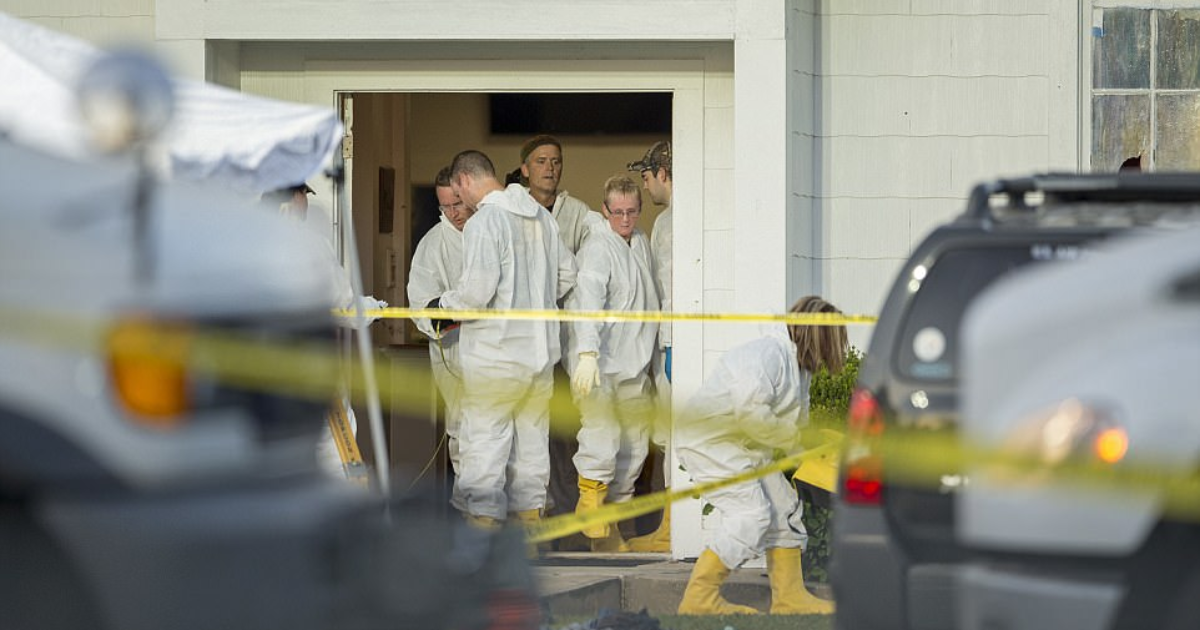In the wake of unthinkable violence, communities face a heart-wrenching question: Should a church be demolished after a shooting? This decision, fraught with emotion and complexity, has no easy answers. Let’s dive into the nuanced approaches that various communities have taken when confronted with this difficult choice.
The Reality of Sacred Spaces Turned Tragic
Places of worship have long been sanctuaries of peace and refuge. Yet, in recent years, they’ve become targets for horrific acts of violence. These tragedies leave communities grappling with grief, trauma, and an overwhelming sense of violation. In the aftermath, a crucial decision looms: preserve the site as a testament to resilience, or demolish it to pave the way for healing?
Historical Precedents: Learning from the Past
To understand the complexity of this issue, we must first look at how other communities have handled similar tragedies.
Columbine High School: A Mixed Approach
After the 1999 shooting, Columbine High School took a middle ground. The library, where most deaths occurred, was demolished and turned into an atrium. The rest of the school remained intact but underwent significant renovations. A memorial was built nearby to honor the victims. This approach aimed to balance remembrance with the practical need for the school to continue functioning.
Sandy Hook Elementary: A Fresh Start
In contrast, Sandy Hook Elementary School in Newtown, Connecticut, chose a different path. The entire school was demolished in 2013, a year after the shooting. A new school was built on the same site, opening in 2016. The design incorporated numerous safety features and a memorial garden. This decision prioritized giving students and staff a completely new environment, free from the physical reminders of the tragedy.
The Case for Preservation: Honoring Memory and Resilience
Many argue that preserving a church after a shooting serves important purposes. Keeping the structure intact can be a powerful way to remember those lost and celebrate the strength of survivors. By refusing to let violence define the space, communities can assert that evil will not win. Additionally, many churches hold cultural or architectural value that extends beyond the tragic event.
“These places of worship are more than buildings. They’re the heart of our communities, and preserving them can be an act of defiance against hate.” – Dr. Amanda Chen, Cultural Historian
The Argument for Demolition: A Clean Slate for Healing
Others believe that demolition is the best path forward. For some survivors and families, the building itself can trigger traumatic memories. A new structure can symbolize a fresh start and hope for the future. Practically speaking, renovating for improved security might be more challenging than starting anew.
Community-Driven Decision Making: Voices That Matter
Ultimately, the choice to preserve or demolish should involve extensive community input. Survivors and families should have a strong voice in the process. Faith leaders can offer spiritual guidance and insight into the community’s needs, while mental health professionals can advise on the psychological impact of different choices.
Balancing Diverse Opinions
The decision-making process must consider various stakeholders. Survivors often worry about trauma triggers and safety, while victims’ families may focus on memorialization and respect. Church leadership must weigh spiritual significance against practicality. The local community might be concerned with historical value and future use, and mental health experts need to consider the long-term psychological impact of any decision.
Creative Alternatives: Thinking Outside the Box
Some communities have found innovative solutions that blend preservation and renewal. Partial renovations and memorials can preserve part of the original structure while renovating other areas for continued use. The Oklahoma City National Memorial, which incorporates part of the Alfred P. Murrah Federal Building, is an example of this approach.
Another option is repurposing the space for education and outreach. The 16th Street Baptist Church in Birmingham, Alabama, now includes a civil rights museum, transforming a site of tragedy into a place of learning and growth.
Virtual preservation is an emerging alternative. By creating detailed 3D scans of the original structure, communities can develop virtual reality experiences for historical preservation, allowing future generations to “visit” the original site digitally.
Legal and Financial Considerations: Navigating the Practicalities
The decision to preserve or demolish isn’t just emotional—it’s also practical. Insurance policies may influence the feasibility of different options, and rebuilding costs can vary significantly based on the chosen approach. Some churches may be protected by historic preservation statutes, which can limit options but may also provide funding for restoration. Potential litigation issues mean that consultation with legal experts is crucial throughout the process.
The Healing Process: Short-Term and Long-Term Needs
Communities must consider both immediate and future needs. In the short term, temporary worship spaces, immediate mental health support, and securing the site are priorities. Long-term planning involves designing spaces that promote healing and remembrance, implementing enhanced security measures, and fostering ongoing community dialogue and support.
Regardless of the decision, rituals can play a crucial role in healing. Candlelight vigils, interfaith prayer services, community art projects, and annual remembrance events all serve to honor the past and strengthen community bonds.
Case Studies: Real-World Approaches
Let’s examine how three communities handled this difficult decision:
Emanuel African Methodist Episcopal Church, Charleston
Emanuel AME Church chose to preserve and renovate their building after the 2015 shooting. The decision was based on the church’s historical significance and its role as a symbol of resilience. The church reopened for worship with added security features and created a memorial to honor the victims.
First Baptist Church, Sutherland Springs
This Texas church took a hybrid approach. They built a new church while preserving the old one as a memorial. The new church opened in 2019, allowing the community a fresh start, while the old building serves as a permanent memorial to those lost.
Tree of Life Synagogue, Pittsburgh
After the 2018 shooting, Tree of Life chose partial preservation and partial reconstruction. Their plans include a memorial, museum, and center for fighting antisemitism, balancing the need to honor victims with creating a forward-looking space.
You Like To Read More:
Aziz Alasmar Wife, Bio, Age, Height, Son, Career, Net Worth, Death
The Future of Sacred Spaces: Adapting to a New Reality
As communities grapple with the threat of violence, the design and function of sacred spaces are evolving. Advanced surveillance systems, bulletproof glass, and reinforced doors are becoming more common. Architectural innovations focus on designing spaces with multiple exits, creating “safe rooms,” and using landscaping to create natural barriers.
The challenge lies in maintaining the welcoming nature of religious spaces while ensuring safety. This involves implementing discreet security measures, training congregation members in emergency procedures, and fostering interfaith dialogue to promote understanding and prevent violence.
Conclusion
The decision to preserve or demolish a church after a shooting defies easy answers. Each community must navigate this choice based on its unique circumstances, needs, and values. What’s clear is the importance of inclusive decision-making processes, respect for victims and survivors, consideration of both emotional and practical factors, and creative thinking about preservation and memorialization.
As we move forward, may we approach these difficult decisions with compassion, wisdom, and a commitment to healing. In doing so, we honor those lost while building resilient communities that stand strong in the face of tragedy.
FAQs
How long does the decision-making process typically take after a church shooting?
The timeline varies greatly depending on the community and circumstances. It can range from several months to a few years, as stakeholders need time to grieve, discuss options, and reach a consensus.
Who has the final say in whether a church is demolished or preserved?
Usually, the church leadership makes the final decision, but they typically consult extensively with the congregation, victims’ families, and the broader community before deciding.
Are there any financial assistance programs for churches facing this decision?
Some government grants and private foundations offer funding for security upgrades or rebuilding efforts. Insurance policies may also cover some costs, depending on the specific situation.
How do communities handle worship services during the decision-making period?
Many congregations temporarily relocate to other facilities, such as community centers or nearby churches. Some may use portable structures on the property if it’s deemed safe and appropriate.
Can a church be partially preserved and partially rebuilt?
Yes, this hybrid approach is sometimes used. Parts of the original structure might be incorporated into a new building, or a section may be preserved as a memorial while the rest is rebuilt.



